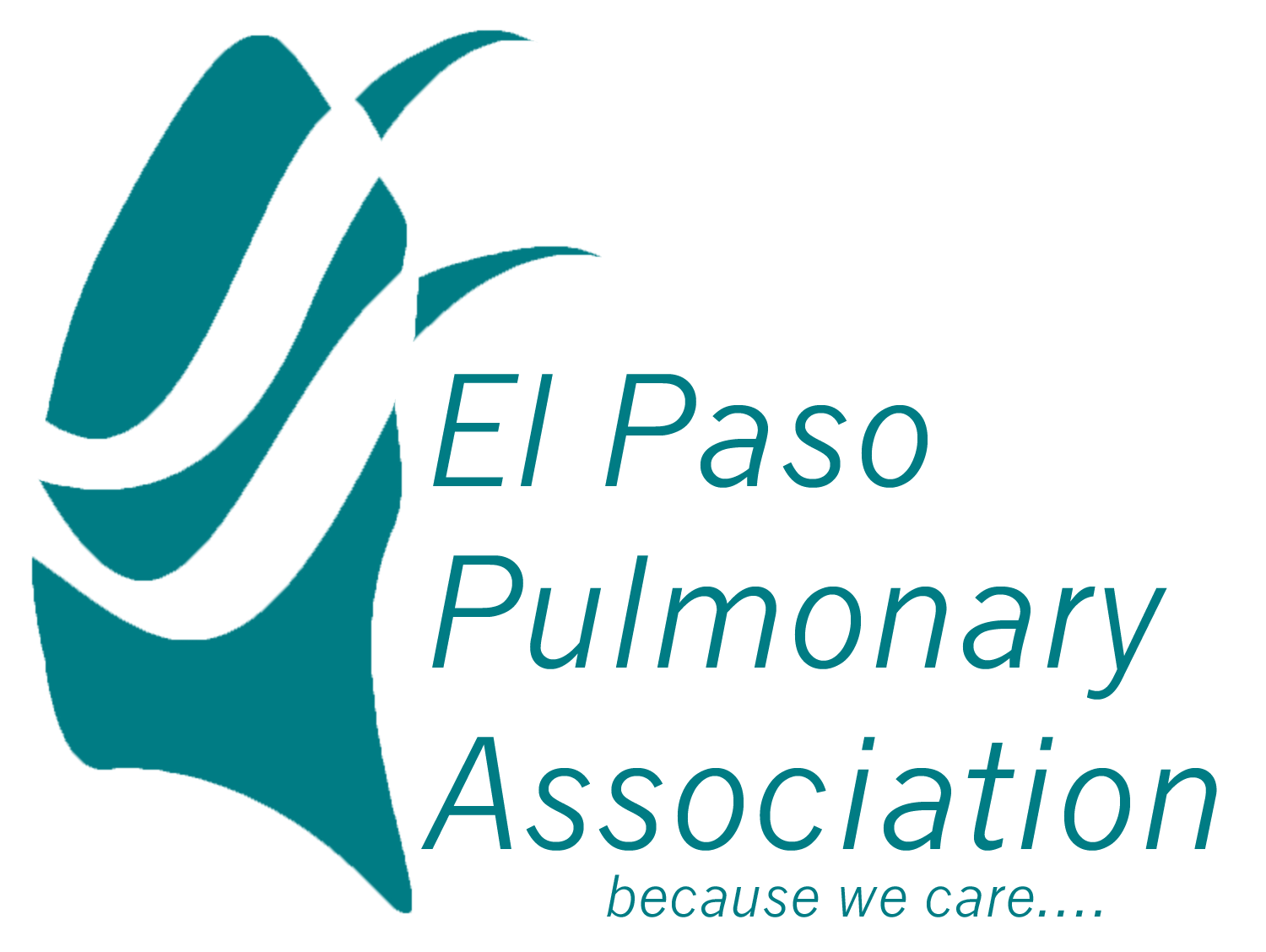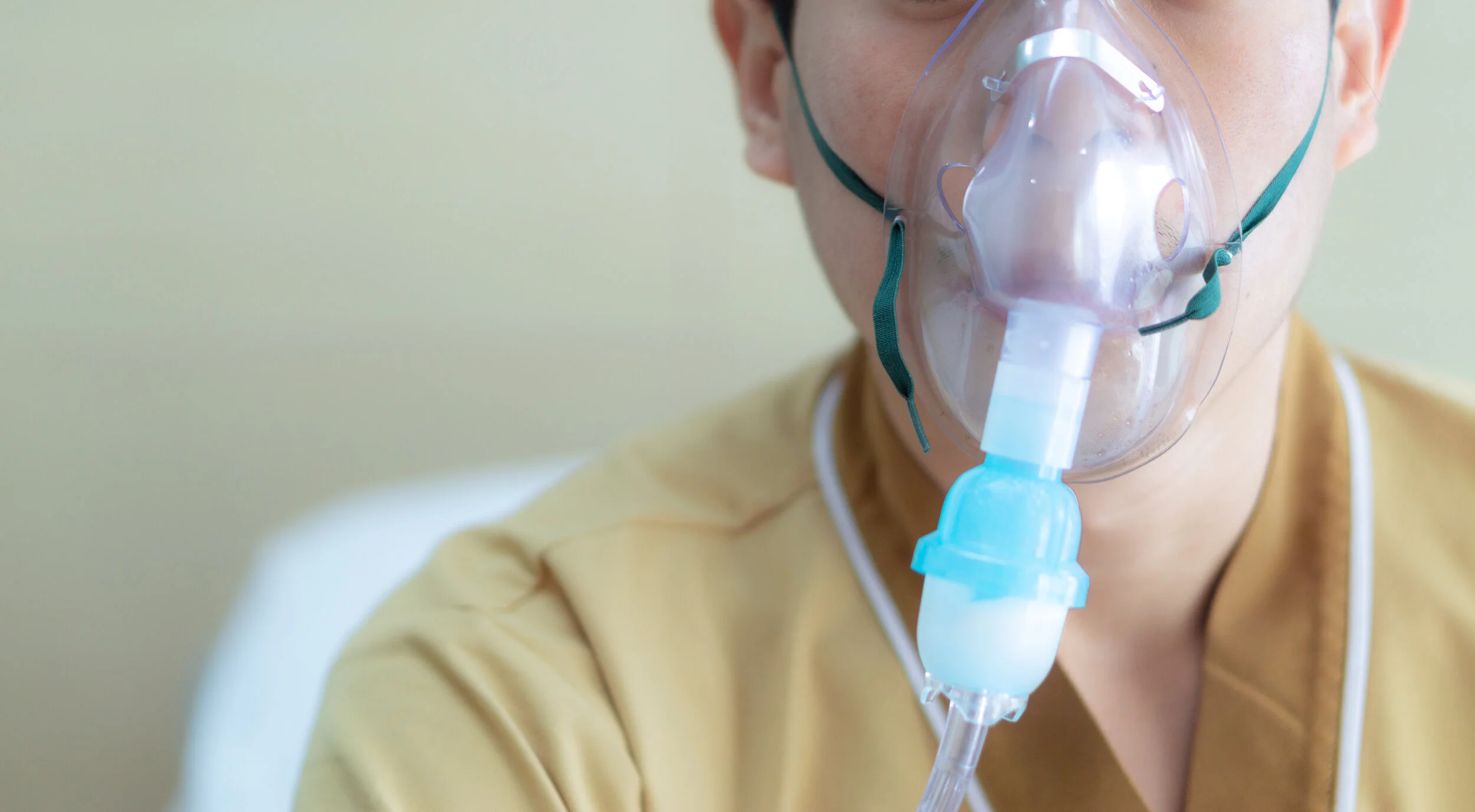OVERVIEW

Chronic Obstructive Pulmonary Disease, or COPD, is a lung disease marked by obstruction of the airways that makes breathing difficult. Patients with COPD may experience symptoms like shortness of breath, severe cough, and wheezing.
Patients with COPD may experience less airflow due to harm to the air sacs, or inflammation or excess mucus in the airways that cause obstruction and prevent the flow of oxygen.
COPD includes two main conditions: chronic bronchitis and emphysema. Because it develops slowly, most cases of COPD are within the middle-aged and older adult age groups. Without treatment, symptoms of COPD will gradually worsen over time, but early detection can make a huge difference to quality of life.
CAUSES & SYMPTOMS
Patients with COPD may experience less airflow due to harm to the air sacs, or inflammation or excess mucus in the airways that cause obstruction and prevent the flow of oxygen.
Other causes include exposure to chemical fumes, dust, and less commonly, genetic conditions such as Alpha-1 Antitrypsin Deficiency.
"People who have this condition have low blood levels of alpha-1 antitrypsin (AAT)—a protein made in the liver. Having a low level of the AAT protein can lead to lung damage and COPD if you are exposed to smoke or other lung irritants. If you have alpha-1 antitrypsin deficiency and also smoke, COPD can worsen very quickly."
-NHLBI, NIH
The most common signs or symptoms of COPD are are a chronic, persistent cough that often produces a lot of phlegm or mucus (sometimes called a smoker's cough) pain or tightness in the chest, shortness of breath, and wheezing. These symptoms are usually made worse with physical activity, a condition referred to as dyspnea.
Though these symptoms are usually present in COPD, it is important to consult a pulmonary expert to determine whether your symptoms are due to COPD or something else. It is nonetheless important to talk to your doctor if you've gone a while feeling symptoms, because left untreated, chronic obstructive pulmonary disorder can lead to more severe symptoms such as blueing of fingers and lips, a hard time talking without losing your breath, and a racing heartbeat.
DIAGNOSIS & TREATMENT

To diagnose COPD, your doctor will ask you questions of medical and family history, including whether you are a smoker or have been exposed to cigarette smoke or another lung irritant for a prolonged period of time.
Make sure to let your doctor know how severe your symptoms are or if they've been getting worse over time. Your doctor will listen to your lungs using a stethoscope and may also order a series of pulmonary function tests such as a spirometry to make a more accurate diagnosis.
Though there is still no cure for COPD, your doctor will give you the treatment option that will target your specific symptoms.

